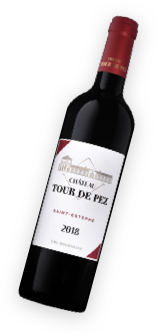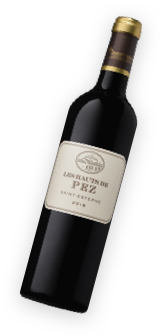Hand-picking, optical sorting, cold pre-fermentation maceration, Pulsair, and barrel selection by blind tasting… Château Tour de Pez has undergone a metamorphosis by benefiting from all the technical skills and experience of Vignobles de Larose. Investing in a new cellar, adopting new technologies, and forming a dedicated team are all measures that flow from their desire to remain always at the cutting edge.
In the cellar
Relegating rusticity to the history books is the challenge that the wines of Saint Estèphe are facing. Whilst its limestone clay soils offer better protection against hydric stress and produce superb grapes, they also give the wines a powerful tannic structure that requires taming. That’s where the work of vinification comes into play. Vignobles de Larose have already mastered this precise art at Château Arnauld, a Cru Bourgeois Exceptionnel, and are now applying it at Château Tour de Pez. Here too, a sustainable revolution is taking place in the cellar.
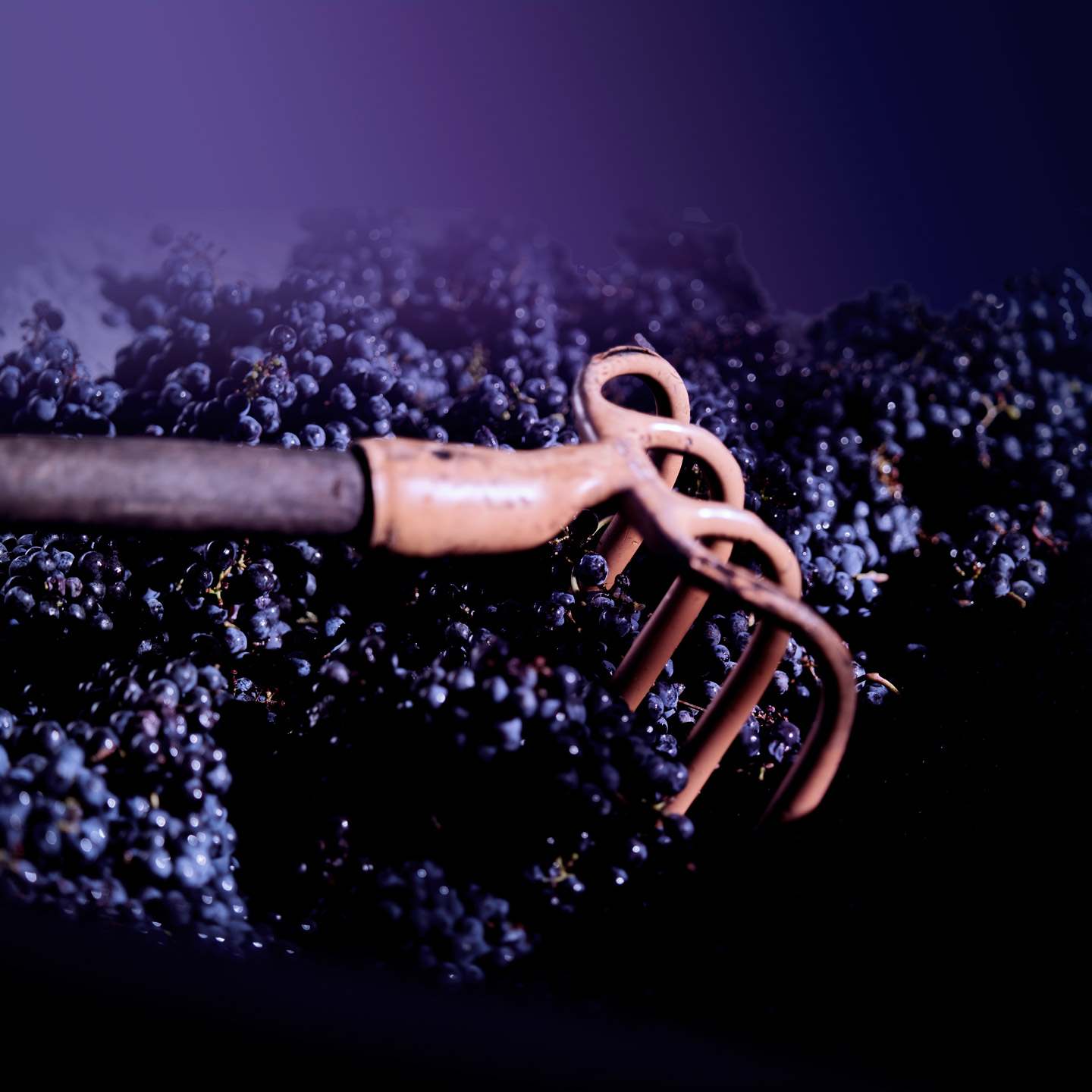
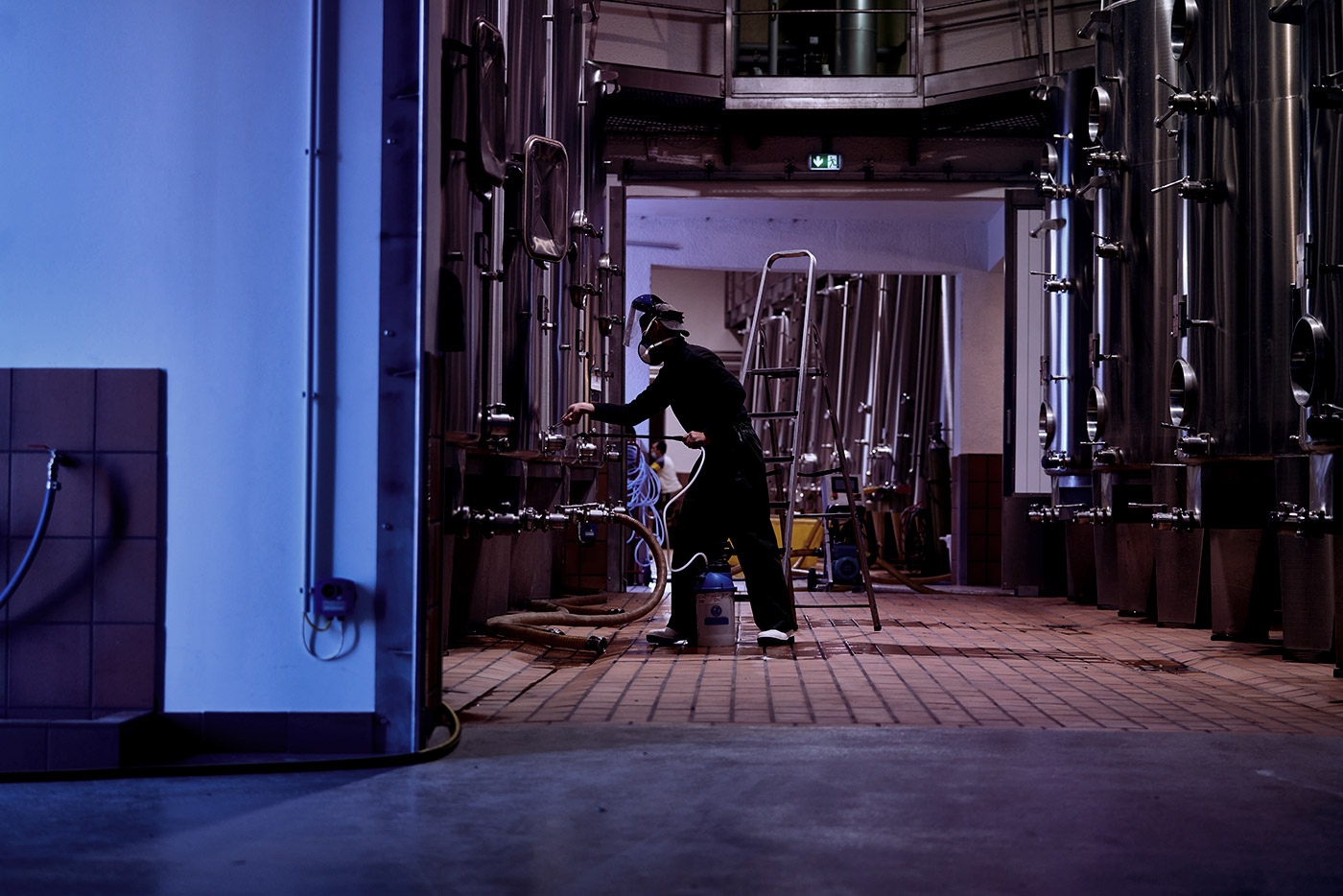
The work of winemaking begins with the harvest and its reception in the cellar. Since 2019 the grapes have all been picked by hand, a task that takes 25 people two weeks to accomplish. On arrival, the grapes are meticulously sorted by an optical sorting machine, a technique which may be less traditional, but which is much more precise than hand sorting. Already tried and tested at Château Arnauld, cold pre-fermentation maceration was the big revolution introduced in 2020. The cellar is now equipped with double-walled truncated vats that integrate a cold-water cooling circuit. These enable to grapes to be chilled by 15° to delay the onset of fermentation for as long as possible and prolong non-alcoholic maceration, to obtain maximum aromatic complexity, finesse, and smoothness.
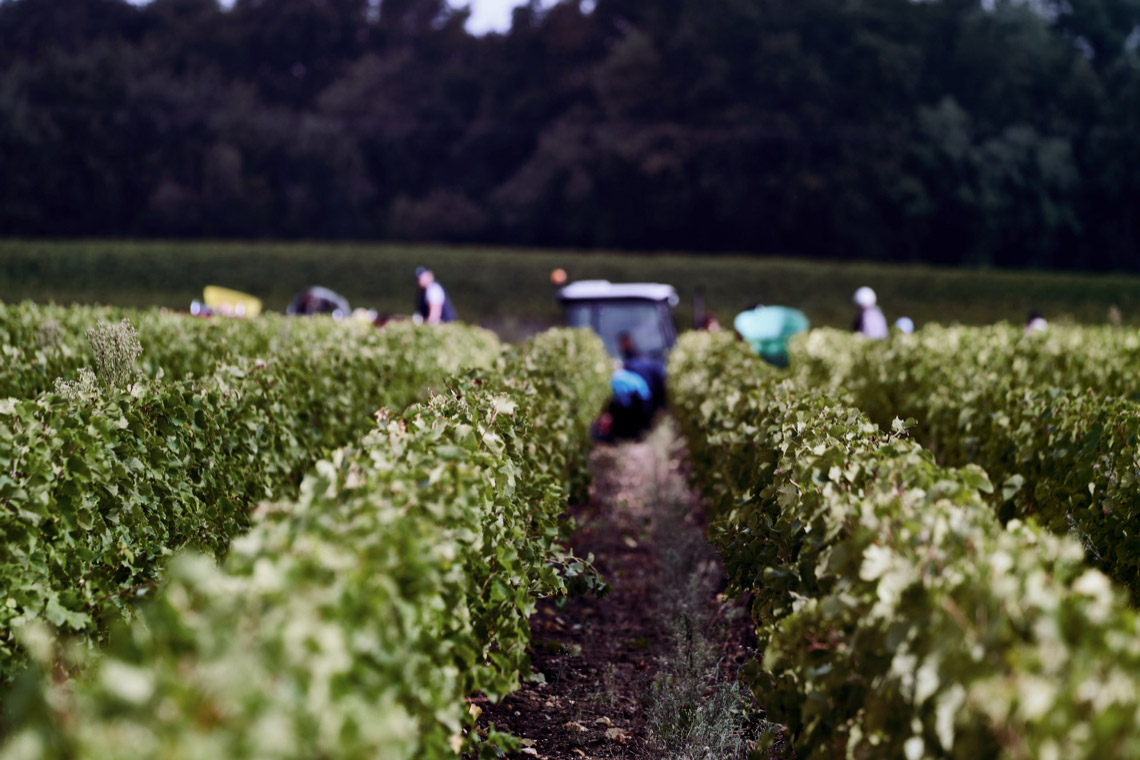
Vinification is central to softening the tannins. This is the highly skilled art of rack and return, punching down, and pumping over, designed to bring into contact the juice and the skins that separate naturally in the vat during fermentation. Château Tour de Pez is testing and developing the Pulseair system, a precision tool capable of fine tuning, that has a significant impact on the quality of extractions. At the Château, as in all the Vignobles de Larose estates, every operation is guided by tasting, the ultimate decision-making tool! Each technique is precisely adjusted at every stage and adapted to the conditions of the vintage.
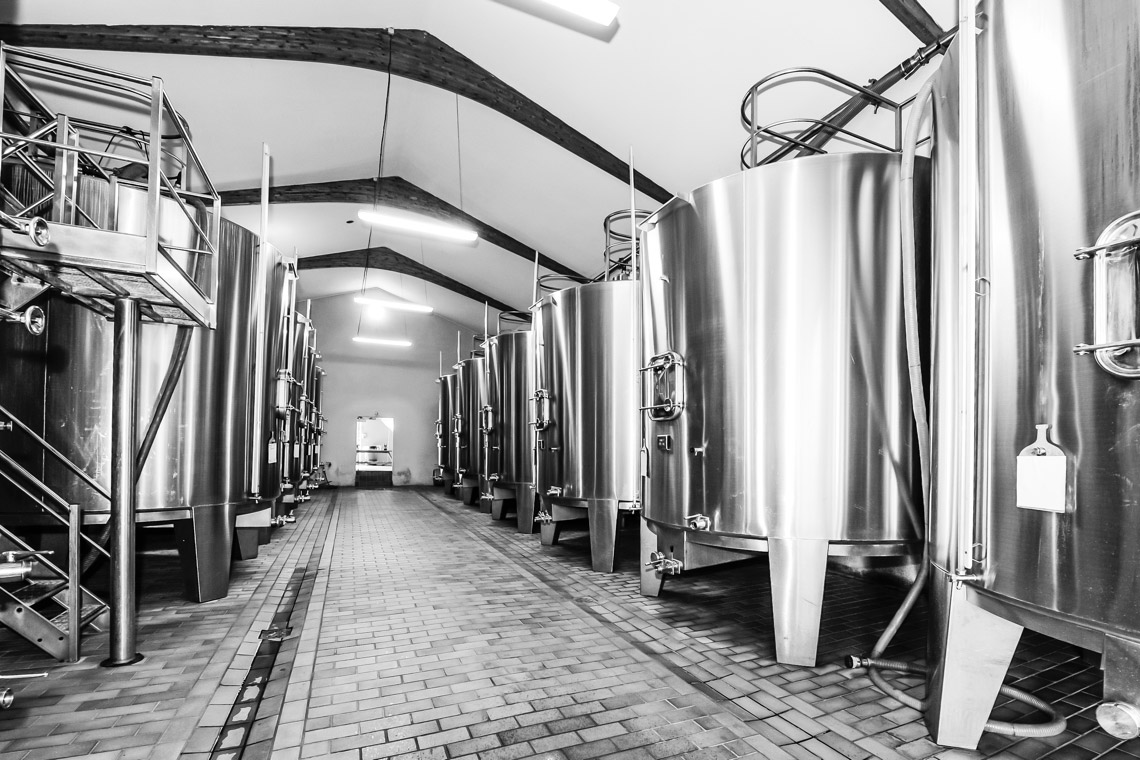
‘‘ ...every operation is guided by tasting, the ultimate decision-making tool! Each technique is precisely adjusted at every stage and adapted to the conditions of the vintage.’’
Barrel ageing is the touch of alchemy that will definitively add smoothness, finesse and subtlety to the wine. Immediately following its malolactic fermentation the wine is transferred into traditional oak barrels (70% new, 30% one wine old) where it will mature for 14 months. Here too it is finesse and precision that govern the choice of barrels. We work with five or six different cooperages and choose our barrels by blind comparative tastings to select those that reveal the best of our wine. And finally, it is blending that has the last word in the creation of the wine. Château Tour de Pez is made from a majority of Merlot, like many Saint Estèphes, with a lesser part of Cabernet Sauvignon, and a touch of Cabernet Franc, in proportions that vary from vintage to vintage. The finished wine is then bottled at the Château.
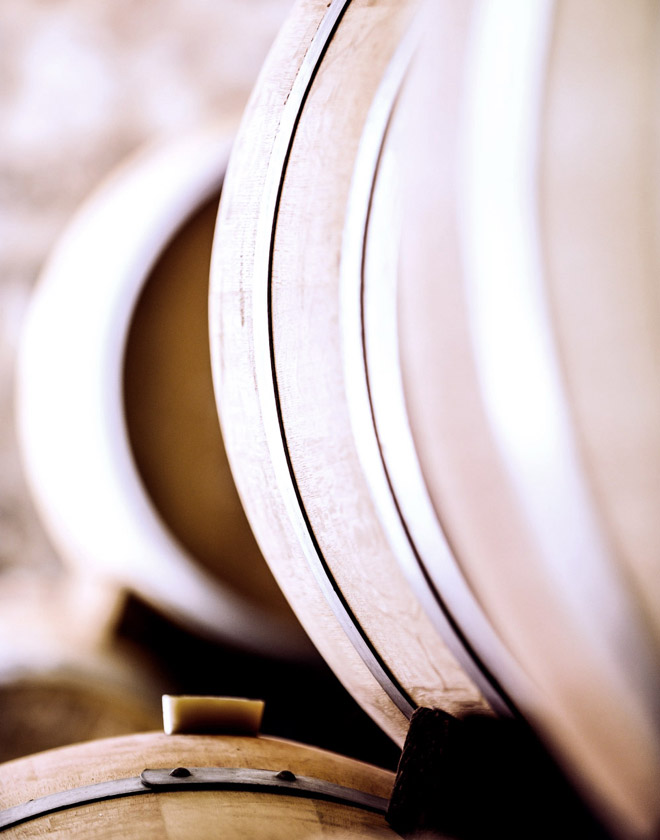
‘‘ At the Château, as in all the Vignobles de Larose estates, every operation is guided by tasting, the ultimate decision-making tool! Each technique is precisely adjusted at every stage and adapted to the conditions of the vintage. ’’
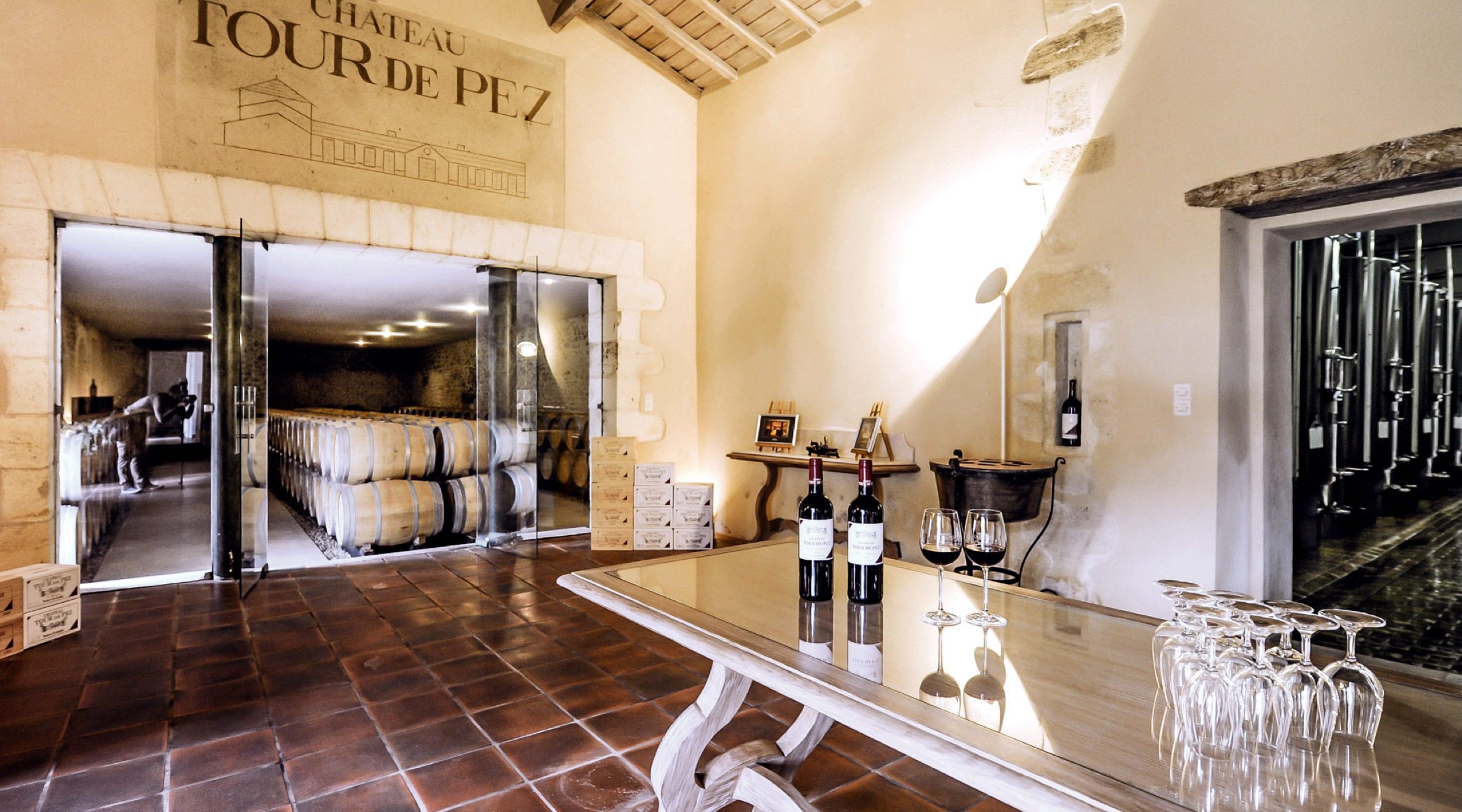
‘‘ Château Tour de Pez has undergone a metamorphosis by benefiting from all the technical skills and experience of Vignobles de Larose. ’’
